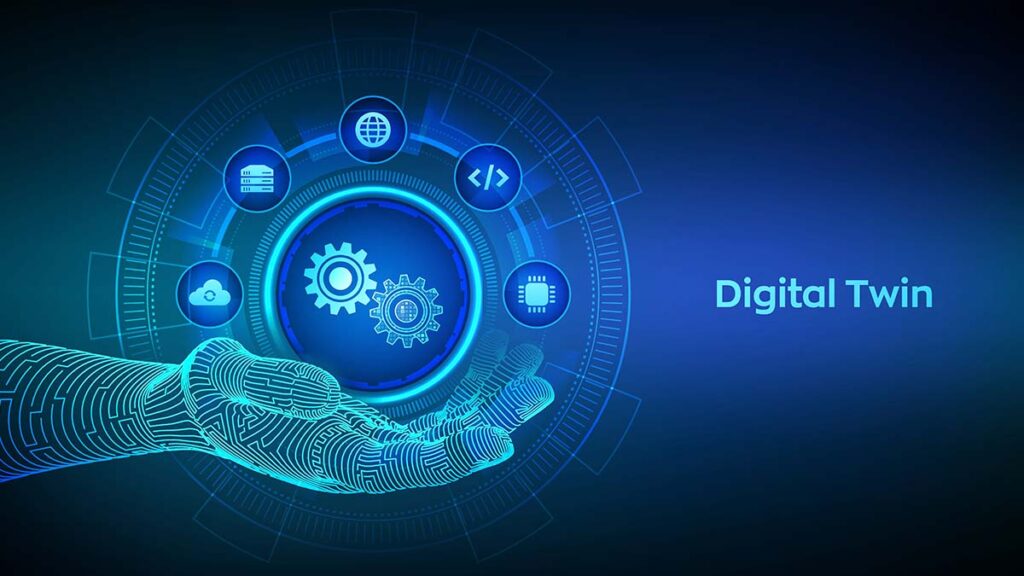Picture a pilot training in a high-tech flight simulator. Every dial, every turbulence scenario, and every engine sound is reproduced with uncanny accuracy. The simulator mirrors reality so well that it prepares the pilot for situations they may never safely experience in the air.
This is the essence of digital twins—virtual replicas of real-world systems that respond in real time to changes. When woven into full-stack systems, they transform ordinary applications into powerful platforms for simulation, prediction, and decision-making.
The Digital Twin as a Living Mirror
A digital twin is not just a static model—it’s a living, breathing reflection of a physical system. Imagine standing in front of a mirror that not only shows your image but also predicts how you’d look tomorrow if you skipped a workout or ate differently.
For developers, integrating such mirrors into full-stack systems allows businesses to run simulations without risking real-world downtime. Manufacturing plants can predict equipment failures, urban planners can model traffic flows, and energy companies can optimise consumption—all within a safe virtual space.
Learners exploring advanced programs, such as a full-stack developer course in Bangalore, are often introduced to digital twin concepts as part of modern system integration practices. They see how the layering of front-end, back-end, and database systems provides the scaffolding needed for these virtual mirrors to function.
Building the Bridge: Full Stack Architecture
Think of full-stack architecture as the bridge that connects the virtual and the real. The front end becomes the user’s control panel, displaying live simulations and interactive dashboards. The back end ensures smooth communication with real-world sensors and IoT devices. Databases act as archives, storing both historical and real-time information.
When designed well, this architecture enables digital twins to be more than passive viewers—they become active advisors. By integrating APIs, microservices, and containerised deployments, full-stack systems provide the agility needed for real-time responsiveness.
Real-Time Simulation: The Pulse of Decision-Making
Real-time simulation is like giving a business a second heartbeat. Instead of reacting to problems after they happen, organisations can predict and prevent them. Imagine a logistics company seeing a storm approaching and instantly simulating alternative delivery routes, adjusting schedules to prevent delays from occurring.
Achieving this requires synchronisation. Streams of data from IoT devices, edge systems, and cloud platforms must be harmonised. Full-stack systems act like conductors, ensuring the “orchestra” of data plays in time. Without this harmony, digital twins lose their predictive power.
Professional pathways such as a full-stack developer course in Bangalore often highlight how these simulations depend on developers who can stitch together diverse technologies—from data streaming frameworks to interactive dashboards.
Challenges in Integration
As with any innovation, integrating digital twins into full-stack systems brings hurdles. Scalability is one—how do you handle millions of sensor updates per second without bottlenecks? Security is another—how do you ensure a twin that mirrors sensitive infrastructure doesn’t expose it to threats?
Moreover, aligning multiple teams—software engineers, data scientists, and domain experts—requires strong collaboration. Just as a flight simulator requires accurate physics, digital twins rely on accurate domain models to be effective. Full-stack developers often stand at the centre of this collaboration, ensuring the technical scaffolding doesn’t crumble under the weight of complexity.
Conclusion
Digital twins are no longer futuristic novelties—they are becoming essential tools for businesses that want foresight, resilience, and agility. When integrated into full-stack systems, they transform raw data into living simulations, empowering organisations to test, predict, and adapt in real time.
The journey demands not only technology but also thoughtful design—balancing scalability, security, and collaboration. Ultimately, digital twins demonstrate that the most effective way to prepare for the future is to rehearse it today, safely and intelligently, within a digital mirror.
